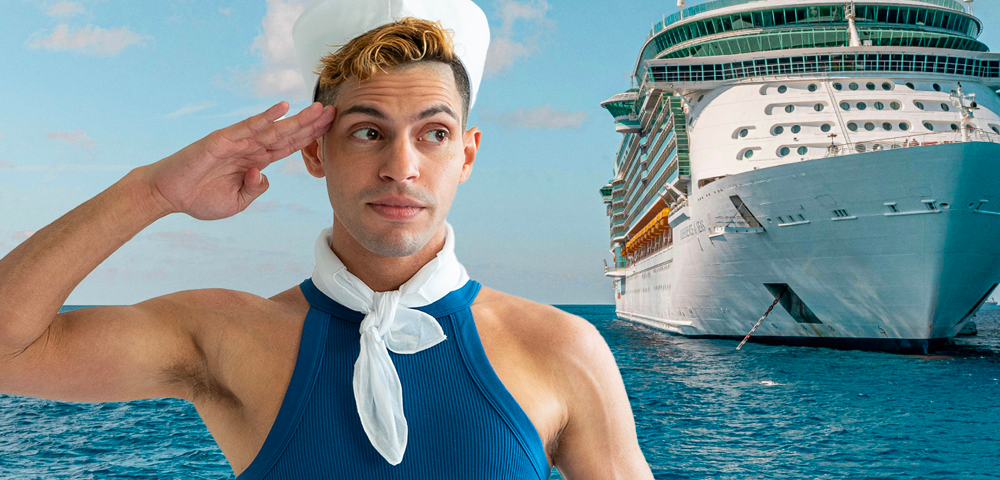
Zine and heard
The gallery is plastered with posters. Entire walls of A3 black and white images face the viewer, a collage of photocopies of photographs, grainy and tippled. The images are urban, candid and defiant: cars, skateboarders, drifters, lines of coke and men behaving badly.
The images in My Xerox Weighs A Tonne are drawn primarily from zines, a phenomenon which began (arguably) in 1976 with the punk zine Sniffin’ Glue. The advent of the photocopier enabled groups ranging from queer radicals to amateur poets to distribute their work among friends, peers and fans -“ as well as offering something of a protest against the monopoly of mass-produced mags. The aesthetic was cut and paste (meaning scissors and Clag) with a casual disregard for copyright and authorship.
Ex-skateboarder and now artist and DJ Misha Hollenbach curated the exhibition with Shauna T (under the names Perks & Mini). Softly spoken and gently compelling, Hollenbach admits skateboarding culture has moved up the cultural ladder.
I’m not sure of the year but in the middle of the late 1990s, something special happened, I think, Hollenbach says. Skateboard photographers and skateboarding -¦ moved a little bit closer to art than just skateboarding.
A thing happened in New York at that time called Alleged Galleries which brought together a few of these people, and that movie Kids came out by Larry Clark and the kid that wrote it, Harmony Korine, came from all that -¦ And Spike Jonze that did Being John Malkovich -“ he came directly from that group of people.
Consequently the biographies of many contributing artists suggest more big business than genuine ghetto. There are artists here who have had work hung at the Whitney Museum, and a number of contributors run skateboarder clothing lines. Hollenbach insists they didn’t start out this way.
Adding to their credibility though is the artists’ embrace of the show’s unusual curatorship. The artists are not credited on individual works; there is no guide outlining who created what. The walls of the ACP are the paper on which Perks & Mini have cut and pasted their own gallery-sized zine.
Maybe if it was just classic photos in frames it might be a bit different, Hollenbach says. But they were cool with it just sort of mishmashing.
It’s a fun show, but I’m keen to know Hollenbach’s thoughts on the reputation of skateboarding culture as male-dominated, sexist and homophobic. As resistant subcultures go, skateboarders can seem pretty conservative. Hollenbach seems miffed by the generalisation.
Underneath it all there is always something different that’s happening, Hollenbach says. One of the artists is Elska Sandor and she’s quite well featured -¦ and there are photos of girls [who are] pro-skateboarders in this show.
That came out of that New York thing as well and they formed a company called The Rookie Skateboards which is still going and that’s a girls’ company for girls. I think with skateboarding there’s a massive broad market of 15-year-olds -¦ which sort of crosses with surf culture.
But there’s also an urban, sort of hardcore skate culture, which doesn’t seem to generalise and is sort of progressive and open.
My Xerox Weighs A Tonne is showing at the Australian Centre For Photography, 257 Oxford Street, Paddington, until 31 August. For more information phone 9332 1455 or visit www.acp.au.com.









